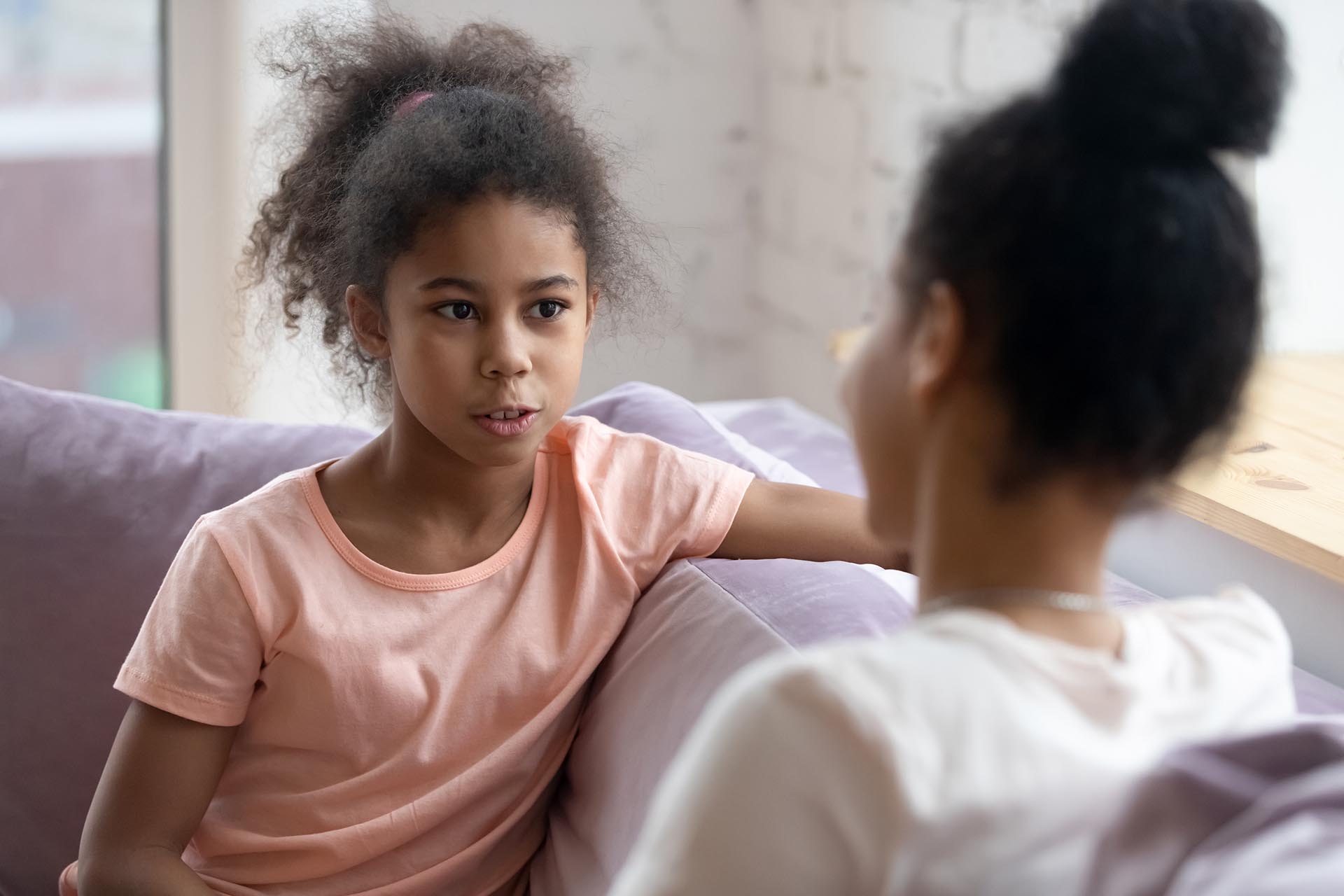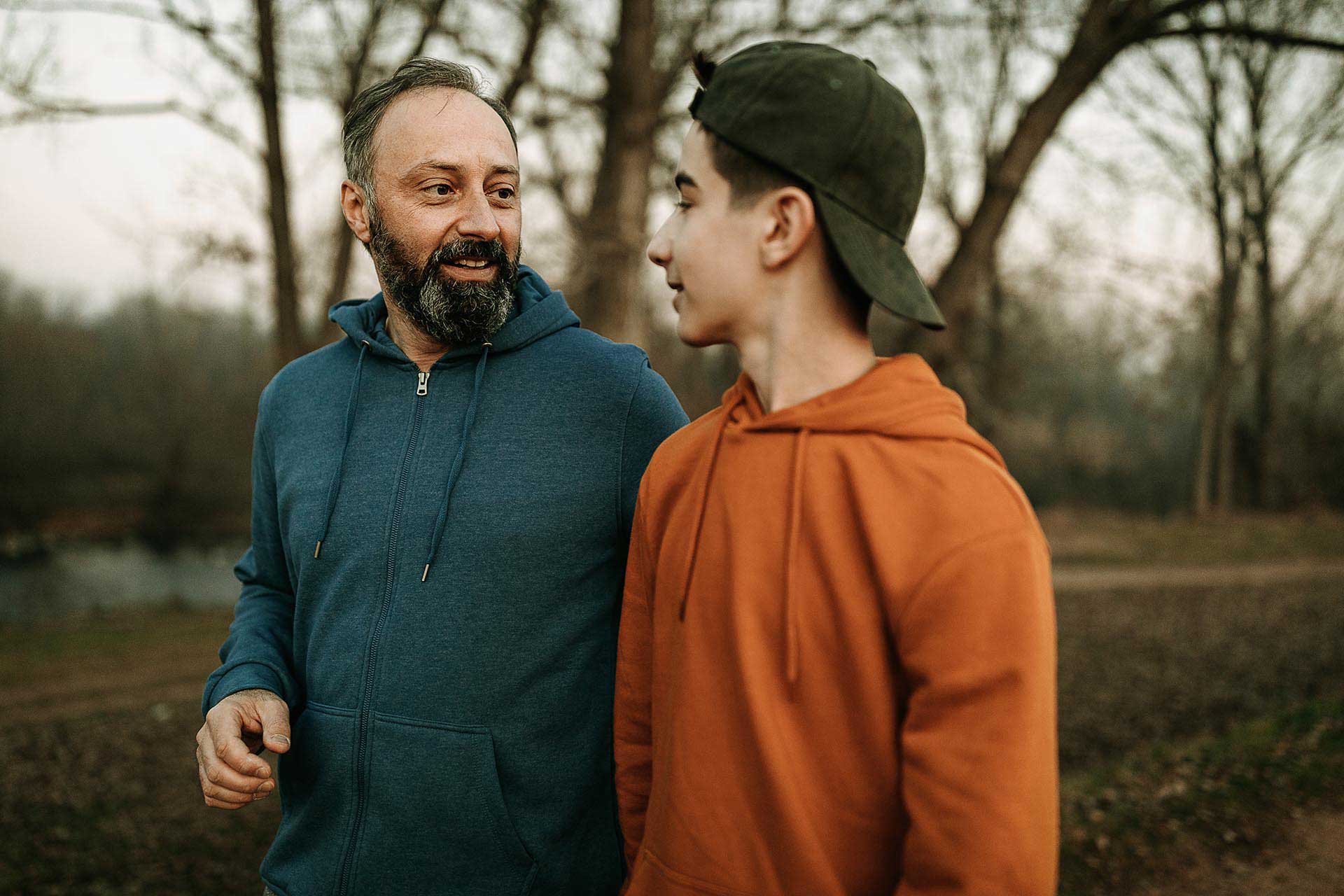From boys to men: gender performance, toxic masculinity, parliament and australia’s #metoo moment
Content warning: sexual assault
It seems as though Australia is going through its own moment of #MeToo reckoning. Last week, ‘March 4 Justice’ protests erupted throughout the country, calling for an end to gender-based violence in the wake of several parliamentary sexual assault scandals.
First, there was the treatment of Brittany Higgins, former Liberal staffer, by the LNP after it came out that she was allegedly raped by an unnamed male colleague. Then the floodgates opened and more women started coming forward to report sexual violence, including a historic rape allegation against Attorney-General Christian Porter.
But the public outrage stems from more than just these incidents; there’s also the flood of problematic responses from LNP members. Scott Morrison himself has done little to engender confidence in the country’s leadership. He’s backed Christian Porter and refused calls to establish an independent enquiry into the allegations, made a litany of tone-deaf comments (including the ones we address in this previous blog post), and just this week implied that the women marching on parliament should consider themselves lucky to have not been shot.
Coincidentally (or not), all this has happened at the same time as a petition calling for consent to be taught earlier and more comprehensively in schools. The petition has stirred outrage, not due to its aims, but because of the thousands of people who have testified to their experiences of being sexually assaulted or raped as teenagers. It’s these compounding factors that led to tens of thousands of protestors marching through the streets of each capital city and many regional cities calling for change.
In response, the NSW police commissioner floated the idea of a ‘consent app’. While he’s already admitting that this could be a terrible idea, it speaks to how parliament and law enforcement too often look for the quick fix. But the issues that underlie sexual violence are far too complex for any band-aid solution; no app in the world can solve misogyny, toxic masculinity (others choose to call it ‘precarious masculinity’) and societal expectations. In fact, the one thing that’s proven to help seems to be the one thing that governments are hesitant to back: education.
Systemic and structural issues of sexism aren’t created in a vacuum. And parliament is far from being the only male-dominated workplace failing to support women who experience sexual violence in its ranks. Prejudice, unconscious bias and gender roles are taught to us, explicitly and implicitly, consciously and unconsciously, from the moment we’re born. It’s what leads teenage boys to share non-consensual naked photos of their female peers, or leaders of the country to side with alleged rapists rather than their victims or endlessly sweep sexual assault claims under the rug. We need to be combatting these messages and ideas constantly and continually with each other, and especially with our children.
Implementing thorough consent and respectful relationship workshops in schools – at an earlier age (if they’re learning this at 16 or 17, it can already be too late) – is a vital first step. We don’t want to downplay this, just getting these programs into schools is difficult. They foster important conversations and show students that they have the support of their institutions. But sadly, it’s not enough.
Perpetrators of sexual assault often know that they’re breaking boundaries. It’s not that they’re unsure of what consent is or if it’s been given; they choose to ignore it knowingly. School consent classes are important, but more has to be done. And the problem starts young. Last year, one study found that women in their late teens are more likely than other Australians to be victims of sexual assault, while young men of the same age group are most likely to be the offenders.
Research shows that children first begin to develop gender identity as young as two. But it’s at puberty, often the beginning of high school, that gendered codes of behaviour become suffocatingly strict. Michael Salter, a professor in criminology at the University of New South Wales and expert in masculinity, explains that this is the age when gender segregation sets in and boys are actively discouraged seeing their female friends as human beings. He explains that in this period of time, ‘Boys are subject to physical violence from other boys, can be seen in some way as weak or overly sympathetic if they are interested in platonic relationships, which then become actively sexualised by young boys. It’s a total failure of empathy, a failure to see a girl as human.’
High school is when young people are trying their hardest to fit in and establish their identity, including what’s expected of their gender. Boys will receive accolades for performing masculinity well – a type of masculinity that’s all too often tied to misogyny and homophobia – and be bullied when they don’t. Rigid gender performance is expected of girls too, and those who fall outside of the cisgender binary can be heavily persecuted for it at this age. But it’s this particular flavour of masculinity, stemming from power and patriarchy, that defines itself by putting others down and has earned the name ‘toxic’.
So, what can we do? Rallying governments and local schools to implement comprehensive sex and relationship education that covers more than just the ‘nuts and bolts’ is a critical first step. But there’s also another way of tackling this problem that’s equally, if not more important, and that’s just to talk. Talk about these issues, how and why they manifest, and how we can combat them. Talk about gender expectations, unhealthy behaviours and healthy role models. Talk with our families, our schools, universities, workplaces, and friendship groups. And most importantly, talk with our children and young people.
If you’re a parent or carer, this might feel easier said than done. The good news is you don’t have to do this alone. You can look for examples in media to get conversations rolling, ask other parents what’s worked for them, find books and other resources to help you – including ones you can give to your kids – and enlist other adults you trust to aid you in the conversation. There are also independent organisations (such as ours, hey there!) that can run community programs that offer support to parents by explaining what to say and how to say it, to encourage parents to talk to their children. Contact us to ask about our programs and parent seminars directly here.
It’s about talking often, not about getting it right all the time. And the more you talk, the easier it gets. Of course, these suggestions aren’t the only things to be done. It’s important that systemic issues of sexism and violence against women are also addressed through policy, programs and workplace change. Hopefully, this newest call to arms will lead to some of these. But as individuals, having conversations with those around us and raising younger generations to be aware – to be different – is the simplest thing we can do today to change tomorrow.
Further reading
- 1800respect.org.au (1800 737 732 National Helpline)
- Lifeline (24-hour Crisis Line 131 114 / TEXT service: 0477 13 11 14)
- Minus18 (support for LGBTQIA+ community)
- ReachOut.com (help and advice for young people across a range of issues)
- Safe Steps Family Violence Response Centre (1800 015 188 Safe Steps Crisis Line (Vic))
- Scarleteen.com (‘Sex education for the real world’)
- Sexual Assault Crisis Line (1800 806 292 Sexual Assault Crisis Line Victoria)
- Sexual Heath Victoria (sexual health information)
- The Line (all about relationships)










